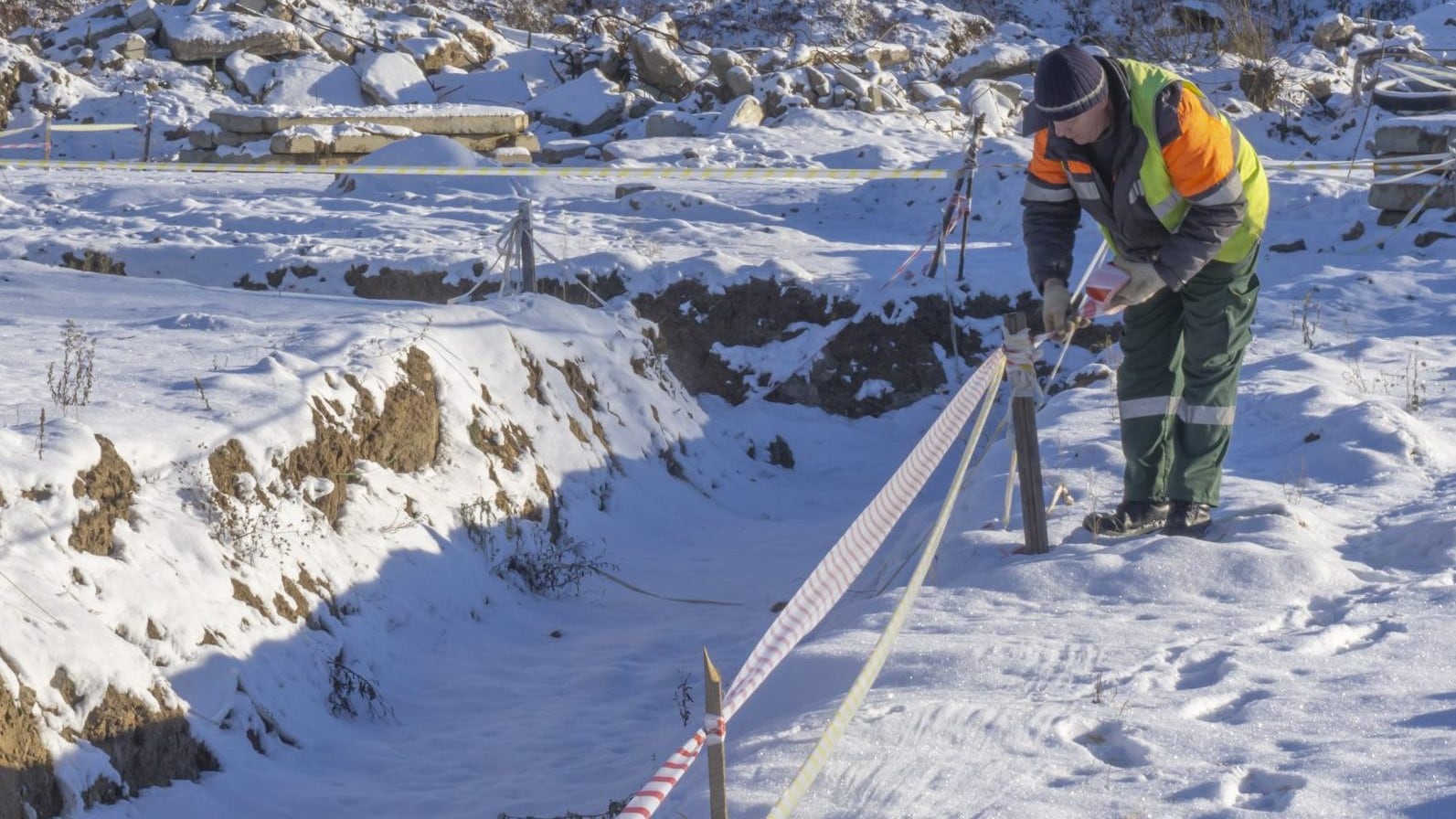Key points
- Workers exposed to extreme cold or cold environments may experience cold stress and be at risk for a cold-related illness.
- Types of cold-related illness include hypothermia, frostbite, trench foot, and chilblains.

Overview
Cold stress can affect workers who work in cold environments. When temperatures drop below normal, heat can rapidly leave your body.
Some workers may be at risk of health emergencies due to cold stress, including:
- Outdoor workers
- Workers in poorly insulated or unheated areas
- Workers in areas without shelter
What constitutes cold stress and its effects can vary across different areas of the country. In regions unaccustomed to winter weather, near freezing temperatures are considered factors for cold stress.
Reducing your risk
Employers
Employers can take the following steps to protect workers from cold stress:
- Schedule cold jobs for warmer months or the warmer part of the day.
- Use relief workers or assign extra workers for long jobs.
- Provide warm liquids to workers.
- Provide warm areas for use during breaks.
- Limit the amount of time outside on extremely cold days.
- Monitor workers who are at risk of cold stress.
- Provide cold stress training that includes information about:
- Worker risk
- Prevention
- Symptoms
- Monitoring yourself and coworkers for symptoms
- Treatment
- Personal protective equipment
- Worker risk
Workers
Avoid exposure to extremely cold temperatures when possible. When cold environments or temperatures cannot be avoided:
- Wear appropriate clothing.
- Wear several layers of loose clothing for better insulation.
- Some clothing may restrict movement, which could be dangerous.
- Wear several layers of loose clothing for better insulation.
- Make sure to protect the ears, face, hands, and feet.
- Boots should be waterproof and insulated.
- Wear a hat. Hats reduce body heat escaping from your head.
- Boots should be waterproof and insulated.
- Move into warm locations during breaks.
- Carry extra socks, gloves, hat, jacket, clothes, and blankets.
- Include a thermometer and chemical hot packs in your first aid kit.
- Avoid touching cold metal surfaces with bare skin.
- Monitor your physical condition and that of your coworkers.
Resources
Blogs/Podcasts
NIOSH Science Blog
- The Physiological Response of Working in Cold Environments and how your PPE can Help - Learn about the role of PPE in the mitigation of cold stress.
- Cold Stress - For many, a sweater or an increase on the thermostat is all that’s needed to keep warm on a cold day. Not so for those working outside or in an area that is poorly insulated or without heat.
NIOSH Working in Cold Podcast - During the winter, many workers are outdoors in cold, wet, icy, or snowy conditions. Learn how to identify symptoms and protect yourself from cold stress.
Health Hazard Evaluation
Additional resources
OSHA
American National Standards Institute
National Oceanic and Atmospheric Administration
